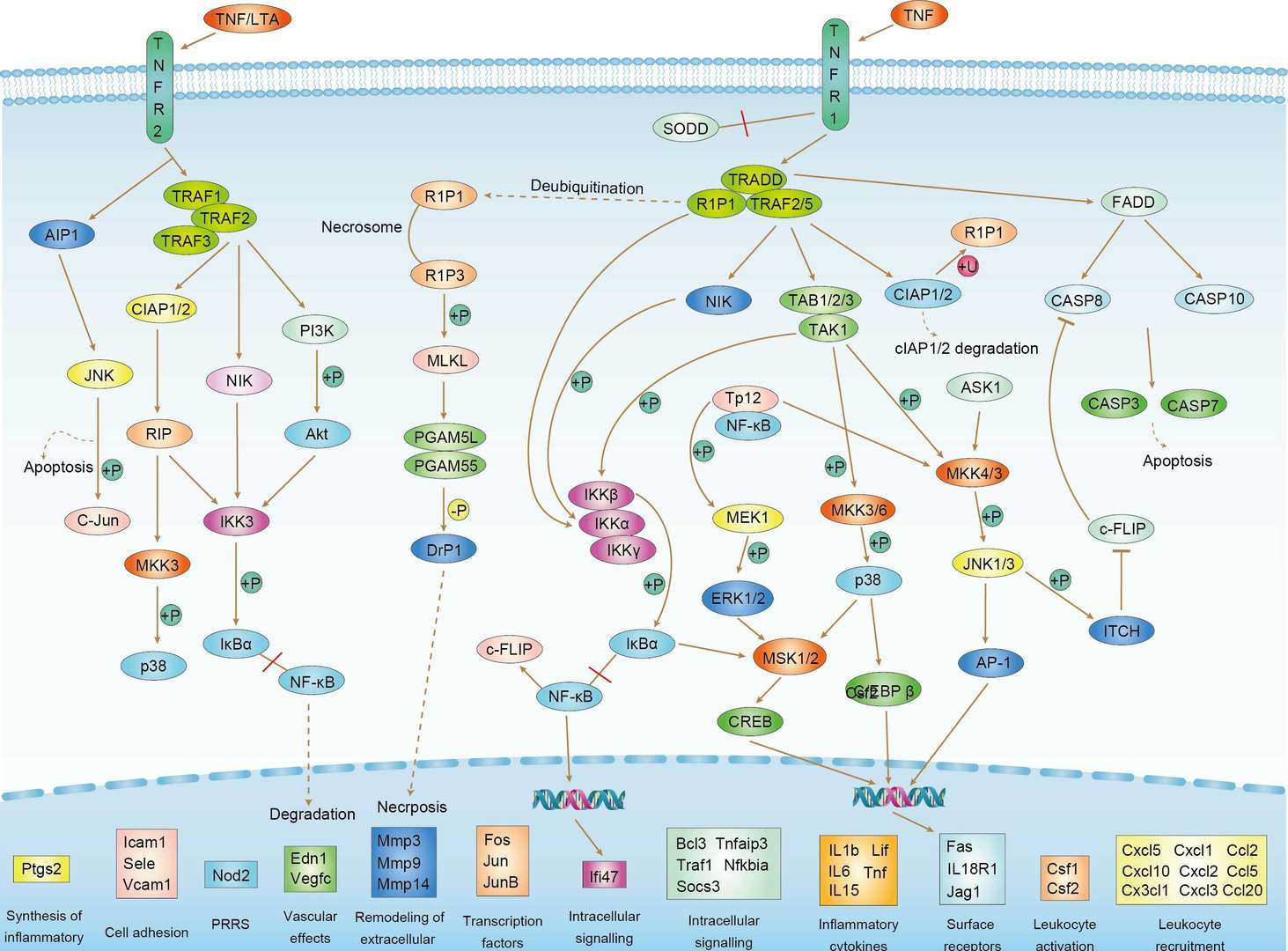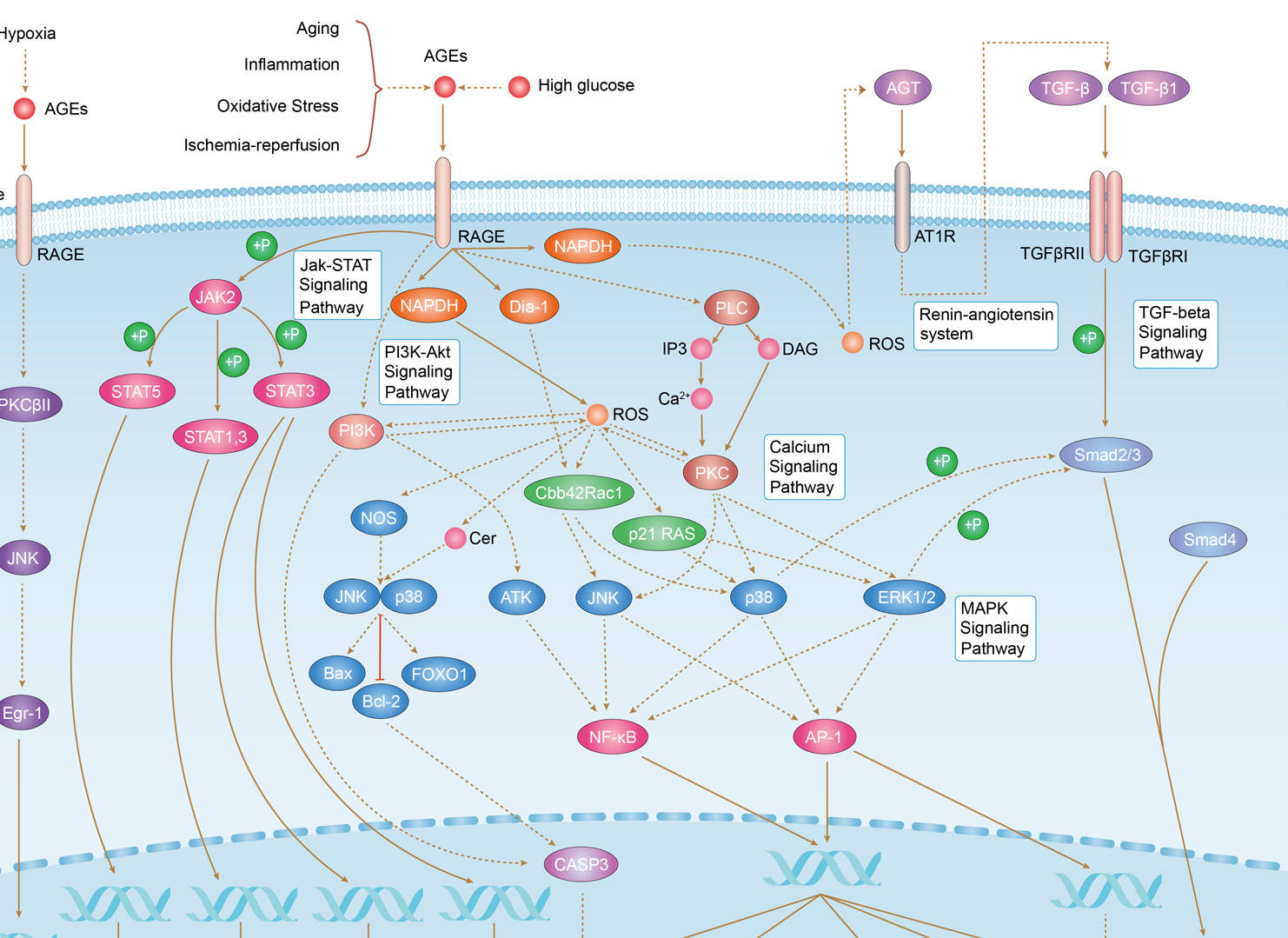Mouse Anti-SELE Recombinant Antibody (clone 7A9) (CAT#: PABW-041)
Recombinant Mouse Antibody (7A9) is capable of binding to E-selectin (Endothelial leukocyte adhesion molecule-1). 7A9 inhibiting the attachment of neutrophils to endothelial cells. The 7A9 antigen combining site presents a groove resembling the structure of the anti-ICAM-1 antibody.

Figure 1 FACS analysis of the intact 7A9 antibody and the F(ab9)2 fragment was performed in the presence (+) and absence (-) of IL-1b (1 mg/ml).
The analysis was performed on a Coulter (Epex) FACS analyzer.
Rodrıguez-Romero, A., Almog, O., Tordova, M., Randhawa, Z., & Gilliland, G. L. (1998). Primary and tertiary structures of the Fab fragment of a monoclonal anti-E-selectin 7A9 antibody that inhibits neutrophil attachment to endothelial cells. Journal of Biological Chemistry, 273(19), 11770-11775.

Figure 2 Effect of 7A9 F(ab‘)2 on granulocyte adhesion of HL60.
The confluent HL60 in 16-mm wells were left untreated (-) or treated (+) with 1 mg/ml IL-1b for 4 h. After rinsing to remove IL-1b, cells were incubated with F(ab')2 at the indicated concentration for 30 min at 37 °C. Results are expressed as cells bound/well.
Rodrıguez-Romero, A., Almog, O., Tordova, M., Randhawa, Z., & Gilliland, G. L. (1998). Primary and tertiary structures of the Fab fragment of a monoclonal anti-E-selectin 7A9 antibody that inhibits neutrophil attachment to endothelial cells. Journal of Biological Chemistry, 273(19), 11770-11775.

Figure 3 Endostatin does not block E-selectin-mediated leukocyte adhesion.
HL-60 cell adhesion to HDMEC treated for 4 h with LPS (0.1 μg/ml) was measured in the presence of 0-10 μg/ml endostatin (ES), EDTA (2.5 mM), neutralizing antibody (7A9) to E-selectin (1 μg/ml), or isotype-matched IgG1 (1 μg/ml). Values shown are the total bound cells counted in 10 randomly selected microscopic fields by using a 20× objective.
Yu, Y., Moulton, K. S., Khan, M. K., Vineberg, S., Boye, E., Davis, V. M., ... & Milstone, D. S. (2004). E-selectin is required for the antiangiogenic activity of endostatin. Proceedings of the National Academy of Sciences, 101(21), 8005-8010.

Figure 4 Endostatin does not block E-selectin-mediated leukocyte adhesion.
Images of HL-60 (round cells) on HUVEC in the absence (a) or presence of 10 μg/ml endostatin (b), 1 μg/ml mIgG1 (c), or 1 μg/ml 7A9 (d).
Yu, Y., Moulton, K. S., Khan, M. K., Vineberg, S., Boye, E., Davis, V. M., ... & Milstone, D. S. (2004). E-selectin is required for the antiangiogenic activity of endostatin. Proceedings of the National Academy of Sciences, 101(21), 8005-8010.
Specifications
- Immunogen
- Human selectin E
- Host Species
- Mouse
- Type
- Mouse IgG1, κ
- Specificity
- Human SELE
- Species Reactivity
- Human
- Clone
- 7A9
- Applications
- Block
Product Property
- Purity
- >95% as determined by SDS-PAGE and HPLC analysis
- Concentration
- Please refer to the vial label for the specific concentration.
- Buffer
- PBS
- Preservative
- No preservatives
- Storage
- Centrifuge briefly prior to opening vial. Store at +4°C short term (1-2 weeks). Aliquot and store at -20°C long term. Avoid repeated freeze/thaw cycles.
Target
- Alternative Names
- SELE; selectin E; ELAM; ESEL; CD62E; ELAM1; LECAM2; E-selectin; ELAM-1; endothelial adhesion molecule 1; CD62 antigen-like family member E; endothelial leukocyte adhesion molecule 1; leukocyte endothelial cell adhesion molecule 2; leukocyte-endothelial cell adhesion molecule 2;
- Gene ID
- 6401
- UniProt ID
- P16581
Related Resources
Product Notes
This is a product of Creative Biolabs' Hi-Affi™ recombinant antibody portfolio, which has several benefits including:
• Increased sensitivity
• Confirmed specificity
• High repeatability
• Excellent batch-to-batch consistency
• Sustainable supply
• Animal-free production
See more details about Hi-Affi™ recombinant antibody benefits.
Downloads
Download resources about recombinant antibody development and antibody engineering to boost your research.
See other products for "Clone 7A9"
See other products for "SELE"
Fab Fragment Antibody
| CAT | Product Name | Application | Type |
|---|---|---|---|
| PFBW-041 | Mouse Anti-SELE Recombinant Antibody (clone 7A9); Fab Fragment | Block | Mouse Fab |
| HPAB-0236-YC-F(E) | Mouse Anti-SELE Recombinant Antibody (clone 5C7.29); Fab Fragment | FC, Block | Mouse Fab |
| HPAB-0237-YC-F(E) | Human Anti-SELE Recombinant Antibody (clone hu5C7.29); Fab Fragment | FC, Block | Humanized Fab |
| HPAB-1528WJ-F(E) | Mouse Anti-SELE Recombinant Antibody; Fab Fragment (clone CY1787) | ELISA, WB | Mouse Fab |
| HPAB-1529WJ-F(E) | Human Anti-SELE Recombinant Antibody; Fab Fragment (clone CY1788) | ELISA, WB | Human Fab |
scFv Fragment Antibody
| CAT | Product Name | Application | Type |
|---|---|---|---|
| PSBW-041 | Mouse Anti-SELE Recombinant Antibody (clone 7A9); scFv Fragment | Block | Mouse scFv |
| HPAB-0236-YC-S(P) | Mouse Anti-SELE Recombinant Antibody (clone 5C7.29); scFv Fragment | FC, Block | Mouse scFv |
| HPAB-0237-YC-S(P) | Human Anti-SELE Recombinant Antibody (clone hu5C7.29); scFv Fragment | FC, Block | Humanized scFv |
| HPAB-1528WJ-S(P) | Mouse Anti-SELE Recombinant Antibody; scFv Fragment (clone CY1787) | ELISA, WB | Mouse scFv |
| HPAB-1529WJ-S(P) | Human Anti-SELE Recombinant Antibody; scFv Fragment (clone CY1788) | ELISA, WB | Human scFv |
Blocking Antibody
| CAT | Product Name | Application | Type |
|---|---|---|---|
| NEUT-1928CQ | Recombinant Mouse Anti-Sele Antibody (RME-1/CD62E) | IF, IHC, ELISA, WB, IP, BL | IgG1, κ |
| NEUT-1929CQ | Recombinant Mouse Anti-SELE Antibody (BBIG-E1) | BL, FC, IP, IHC, CyTOF, ICC | IgG1 |
Rabbit Monoclonal Antibody
Recombinant Antibody
| CAT | Product Name | Application | Type |
|---|---|---|---|
| HPAB-0236-YC | Mouse Anti-SELE Recombinant Antibody (clone 5C7.29) | FC, Block | Mouse IgG |
| HPAB-0237-YC | Human Anti-SELE Recombinant Antibody (clone hu5C7.29) | FC, Block | Humanized IgG1, κ |
| HPAB-0006LY | Mouse Anti-SELE Recombinant Antibody (clone E1C/E1B) | WB, FC | Mouse IgG |
| MRO-1757-CN | Rabbit Anti-SELE Polyclonal Antibody (MRO-1757-CN) | WB, IHC, FC | Rabbit IgG |
| FN-052CQ | Recombinant Mouse Anti-SELE Antibody (HAE-1f) | FC, Block | Mouse IgG1 |
Customer Reviews and Q&As
There are currently no Customer reviews or questions for PABW-041. Click the button above to contact us or submit your feedback about this product.
View the frequently asked questions answered by Creative Biolabs Support.
For Research Use Only. Not For Clinical Use.
For research use only. Not intended for any clinical use. No products from Creative Biolabs may be resold, modified for resale or used to manufacture commercial products without prior written approval from Creative Biolabs.
This site is protected by reCAPTCHA and the Google Privacy Policy and Terms of Service apply.




 TNF Signaling Pathway
TNF Signaling Pathway
 AGE-RAGE Signaling Pathway in Diabetic Complications
AGE-RAGE Signaling Pathway in Diabetic Complications
